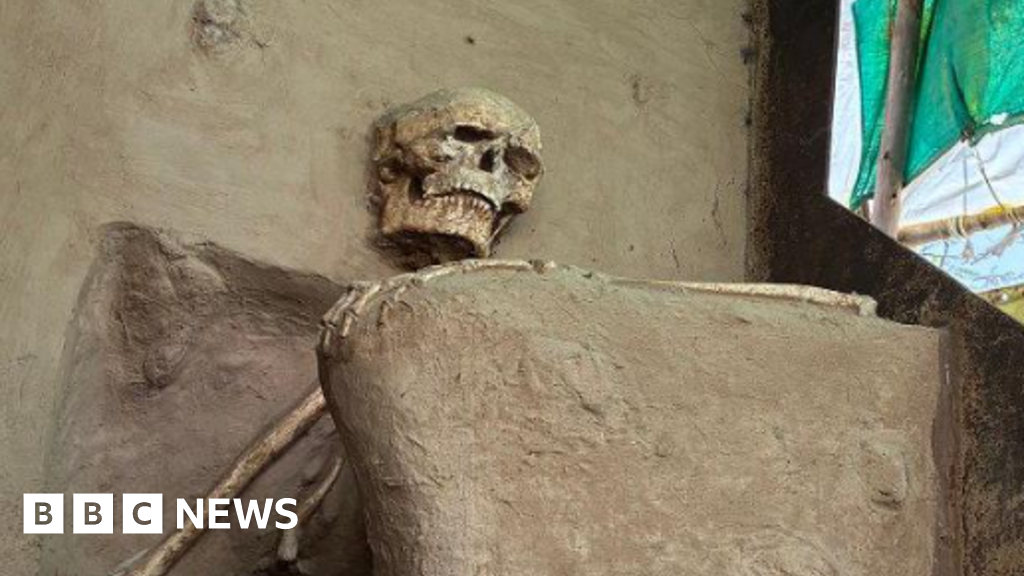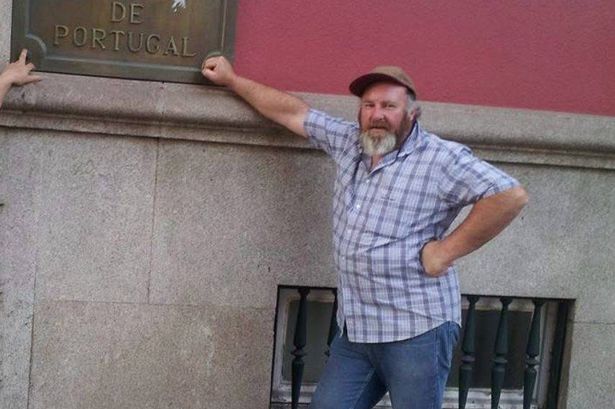Ancient Indian skeleton still waiting for home

Title: Ancient Indian Skeleton Still Waiting for Home
A significant archaeological find, a 1,000-year-old skeleton, unearthed in India, continues to remain without a suitable home due to bureaucratic red tape. The ancient remains, which could offer valuable insights into how Indians lived a millennium ago, are yet to be housed in a museum for further research and public viewing.
The skeleton was discovered during an excavation in a small village in central India. The site, estimated to be around 1,000 years old, is believed to be a part of an ancient settlement. The archaeologists who made the discovery believe that the remains could potentially unlock critical details about the lifestyle, health, and culture of the people from that era.
Unfortunately, the lack of a suitable museum to house the skeletal remains and the slow pace of administrative processes have hampered the progress of this exciting find. The remains are currently being stored in a makeshift facility under less than ideal conditions, which could potentially compromise its preservation and study.
“Every artifact tells a story, and this skeleton is no exception,” said Dr. Radhika Iyer, the archaeologist who led the excavation team. “It could help us understand many aspects of the past, such as disease prevalence, dietary habits, and cultural practices. But for that, we need a suitable environment where the remains can be stored, studied, and displayed.”
The delay in securing a suitable location for the skeleton is rooted in bureaucratic hurdles and lack of funding. The proposed museum, which would ideally house such artifacts, is still awaiting clearances from several departments. Furthermore, the museum project has been plagued by budget constraints, pushing the completion date further into the future.
The situation has stirred frustration among the archaeological community and history enthusiasts alike. Many argue that the preservation of historical artifacts should be a priority, aiding in the understanding of the nation’s rich history and ancestry.
Professor Suresh Nair, a renowned historian, voiced his concerns about the delay. “It’s a classic case of red tape hampering progress. The skeleton is a treasure trove of information. The more we delay, the more we risk losing valuable data,” he said.
While the skeleton continues to wait for a suitable home, the archaeological community is doing its best to preserve the remains. “We are taking utmost care to ensure the skeleton doesn’t suffer any more damage. But the need of the hour is a state-of-the-art facility where such artifacts can be preserved and studied,” said Dr. Iyer.
The case of the 1,000-year-old skeleton exemplifies the broader issues faced by archaeologists and historians in India. Despite a rich history that dates back millennia, the country has often struggled to preserve and showcase its historical treasures due to bureaucratic hurdles and funding challenges.
The delay in housing the skeleton in a museum and the potential loss of invaluable information underscore the need for streamlined processes and prioritized funding in the field of historical preservation. As the ancient Indian skeleton continues to wait for its rightful place, it serves as a stark reminder of the work that needs to be done to ensure the preservation and understanding of the nation’s heritage.
The archaeological community and history enthusiasts hope that the authorities will expedite the process of housing the skeleton in a museum. As they wait for the red tape to clear, the skeleton remains a silent testament to India’s rich and complex past, waiting for its stories to be told.
In the words of Dr. Iyer, “This skeleton is not just an artifact; it’s a piece of our history. It deserves a home where it can be studied, appreciated, and respected. We owe this much to our ancestors and to the generations to come.”








